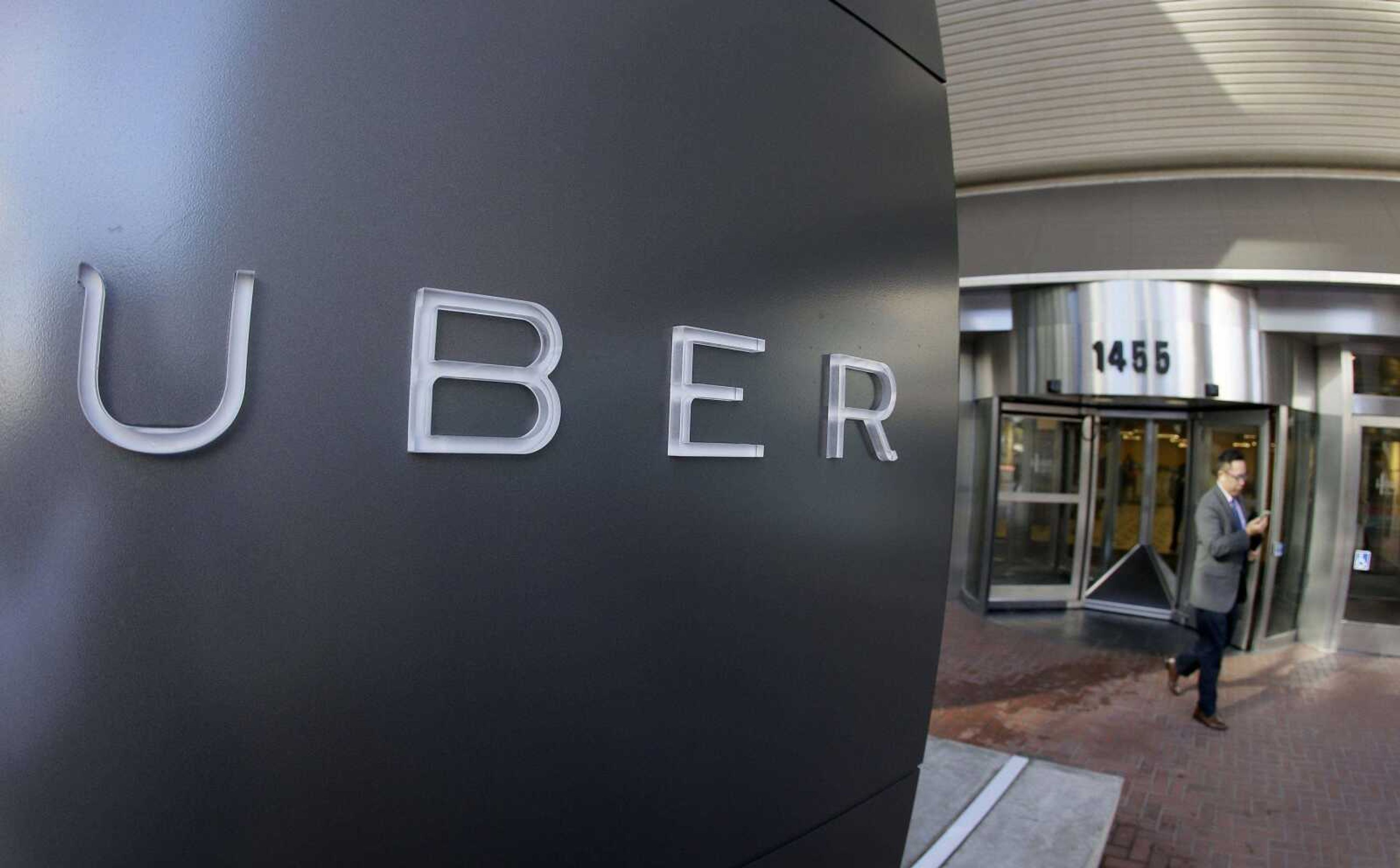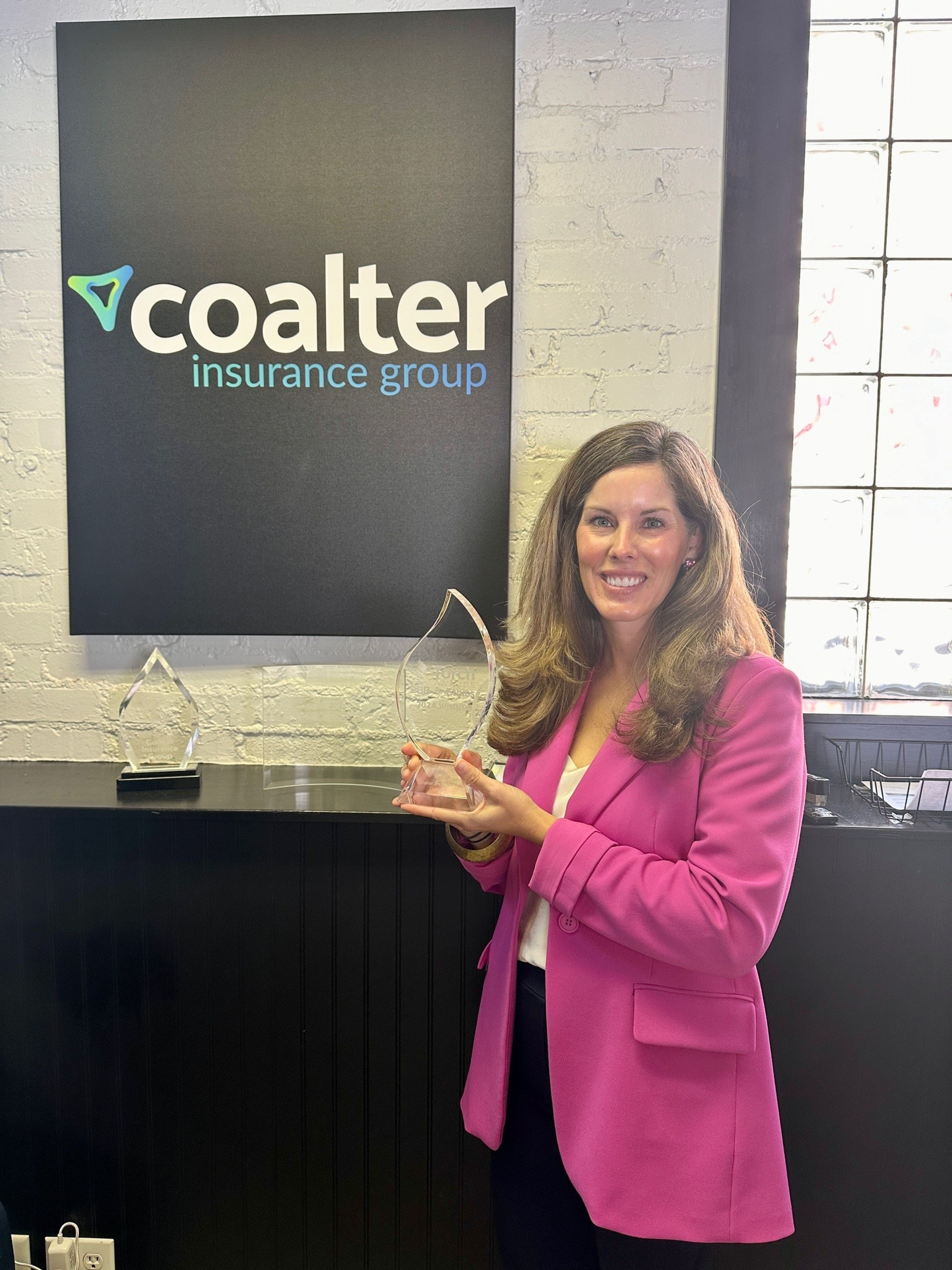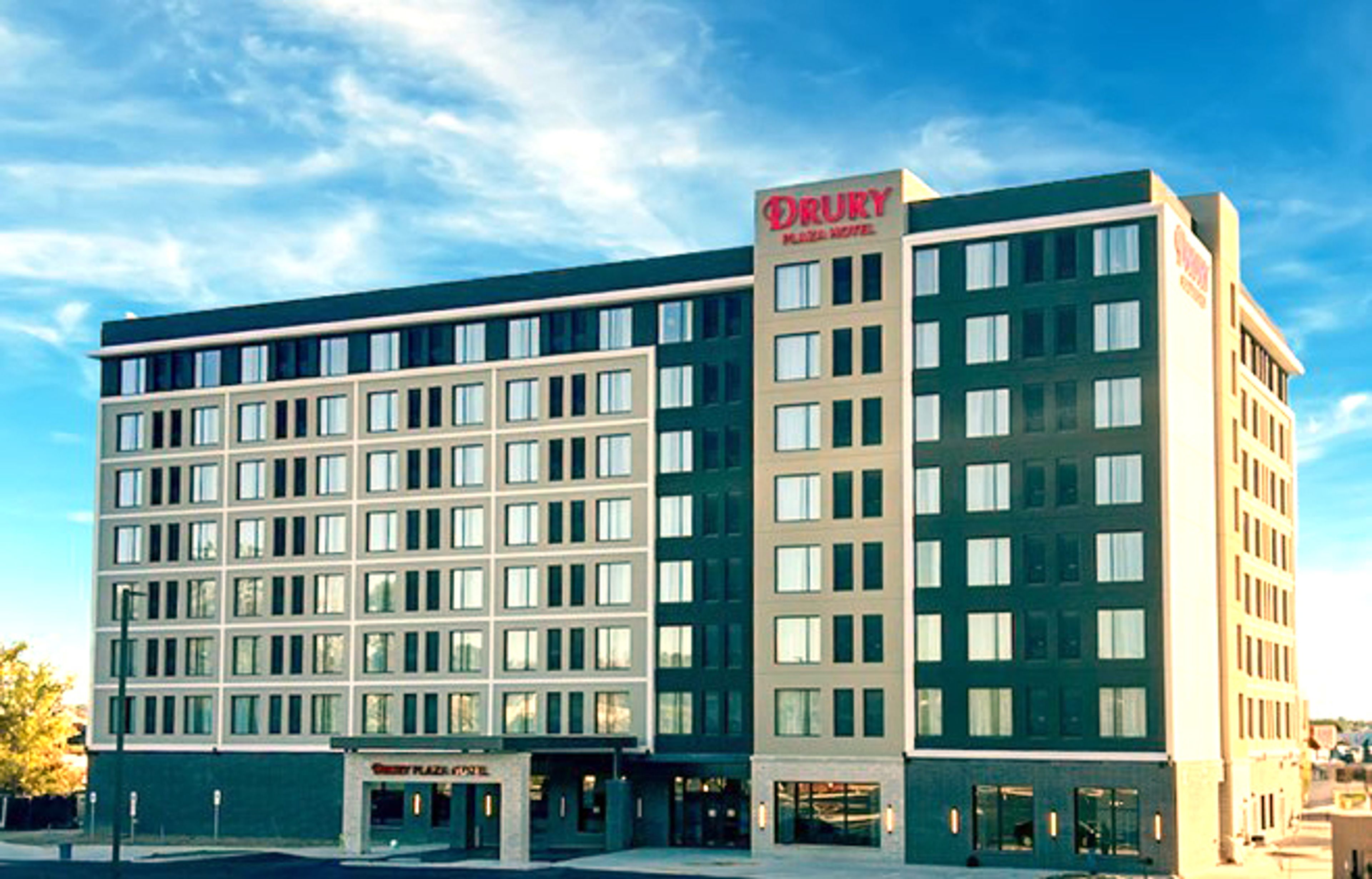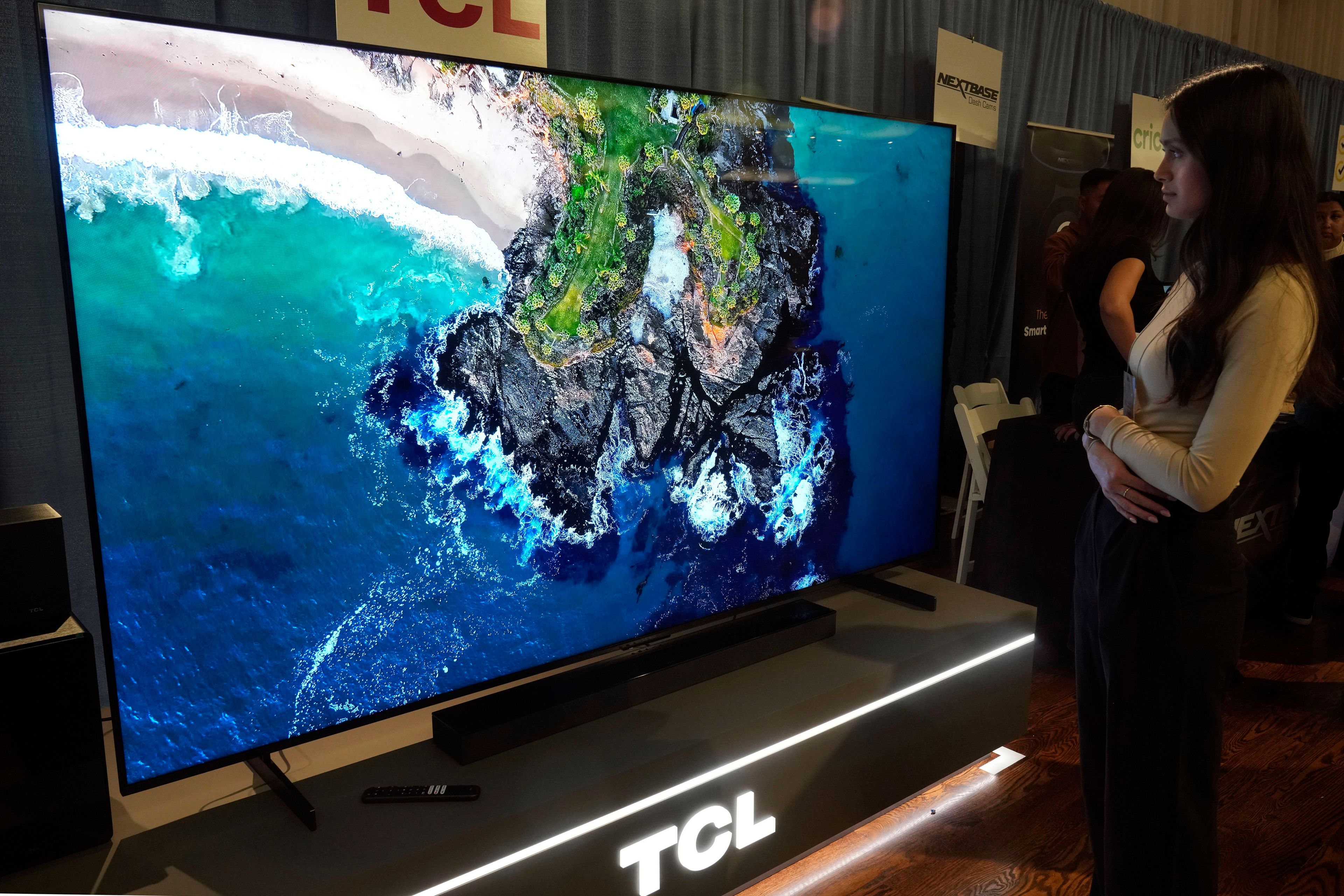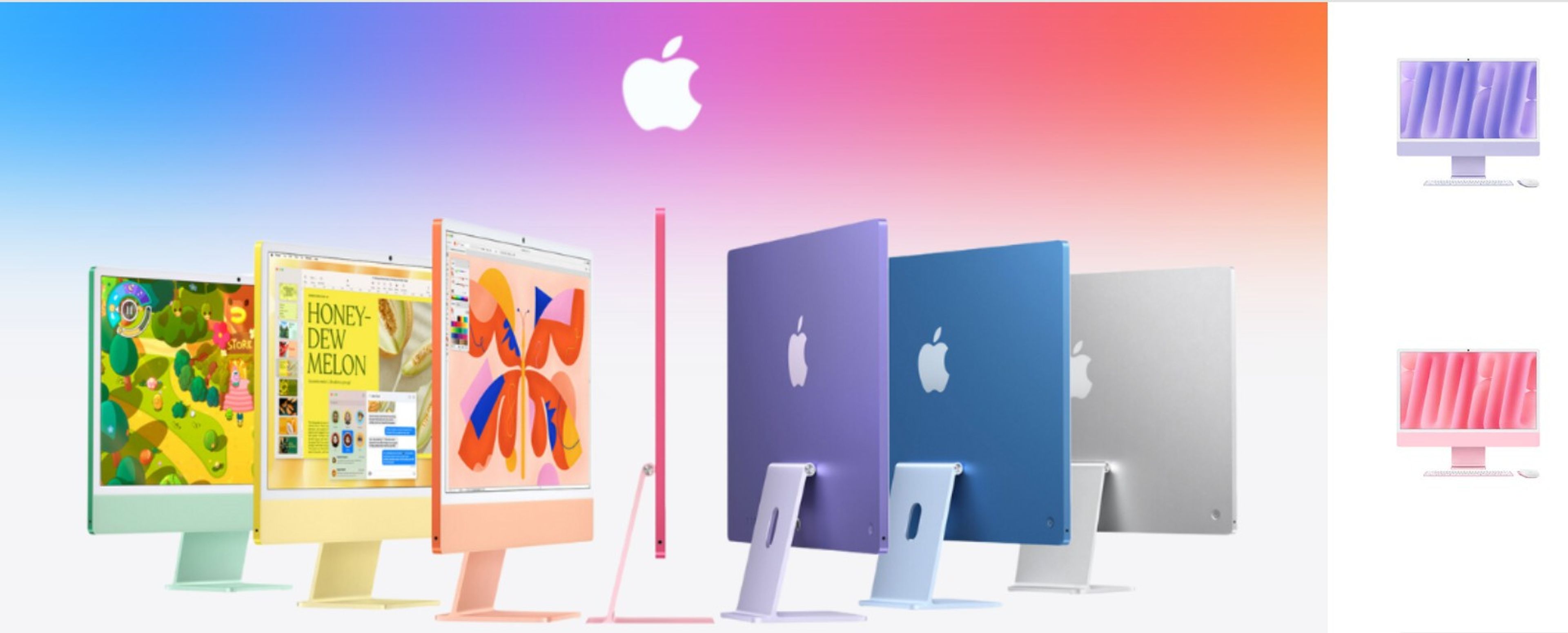The 'gig' is up — Are gig workers the future of work in the US?
The so-called "gig workforce" is a growing employment sector in the U.S. Gig workers are also referred to as on-demand workers, subcontractors and freelancers. More than 57 million Americans do "gig' work — about 35% of the total workforce. TechTarget suggests the technology of the digital age allows for the mobility of workers, allowing work to be done from a variety of venues rather than from a employer-designated bricks-and-mortar location. ...
The so-called "gig workforce" is a growing employment sector in the U.S.
Gig workers are also referred to as on-demand workers, subcontractors and freelancers.
More than 57 million Americans do "gig' work — about 35% of the total workforce.
TechTarget suggests the technology of the digital age allows for the mobility of workers, allowing work to be done from a variety of venues rather than from a employer-designated bricks-and-mortar location. A benefit for employers, the tech company asserts, is a potentially large pool of freelancers may be chosen for specific assignments and projects.
McKinsey Global Institute reports a typical gig worker has a high degree of autonomy, gets paid by the task or assignment, may work for multiple clients and often will work assignments that last less than one year.
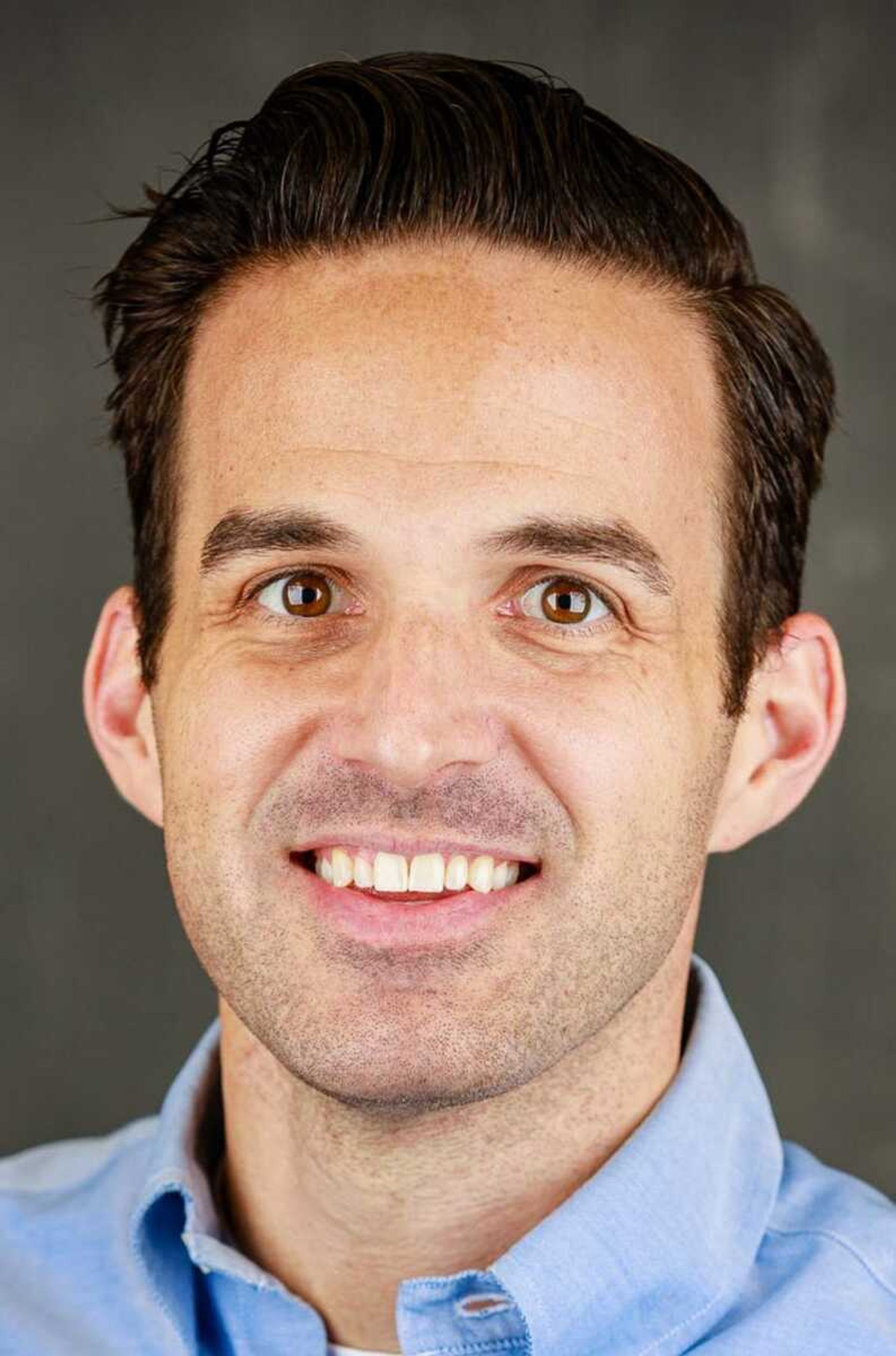
The Southeast Missourian put eight questions to Dan Presson, director of Career Services for Southeast Missouri State University, about the phenomenon of the gig economy.
You deal with young people trying to find their place in the 21st century workforce. How do you define the gig economy?
It's a temporary employment opportunity usually scheduled in a flexible hour environment or a defined hour environment. For example, if you were setting your own hours working for DoorDash or if you were being hired for five hours of working a skid steer construction loader — both of those as an independent employee would be considered the gig economy. Designing a logo on the Fiverr website or helping someone on a temporary basis build a retaining wall are other examples.
What is driving this trend toward less permanent employment options?
We now have a workforce expecting flexibility. If you want to have a Tuesday off randomly and if you are tied into the DoorDash delivery system, you can work as much or as little as you want. You don't have to have a Monday through Friday schedule with set hours. As a gig worker, you work when you're available. It kind of started as a way for businesses to cut costs and find talent. It's evolved to the way a certain segment of the workforce looks at how they want to schedule themselves.
Do you see the gig economy as a permanent change in the way some workers view employment in the United States?
I think so. There are a lot of workers and employers who are collaborating on flex time, hybrid remote work options and personal time off (PTO). We're seeing this whole shift toward people today wanting a better work-life balance, and they're finding it through the flexibility of the work environment. People are thinking more short-term these days. People who begin in a position don't assume it's going to be their 30-year job. Workers are more apt now to hop around looking for better flex arrangements, better benefits and better pay. Don't get me wrong — There are employers who would be excited to have that three-decade tenured employee, one who hangs in with a company for a career. Employers are sweetening the pot. Look at the ads in this very newspaper. Fringe benefits are improving; health care and retirement benefits are getting better. Employers are rising to the occasion but the workforce is constantly searching for the next thing. I do think on the employee side, there is a "grass-is-always-greener" effect.
What is the cost of this sort of shift in mindset about a person's relationship with work?
Employers are going to be in a constant recruiting mode. The human resource departments will become busy and stressed by the seemingly constant routine of always training, hiring and rotating a new person into a job because the position suddenly becomes vacant. It's a tough thing. As long as the workforce is churning the way it is, the recruitment cycle is going to be constant.
How would you assess the COVID-19 impact on the workforce?
Spring 2020 brought an interesting thing. In January and February of that year, we saw one of the best hiring climates the U.S. has ever seen. Then comes March through May 2020, and it morphed into one of the worst job markets we've seen in awhile. There is an ebb and flow. The workforce always adapts and so do employers.
Many employers are aggressively courting new workers with billboards around Southeast Missouri and newspaper advertisements touting higher hourly wages. Privately-owned Hobby Lobby, for example, hiked its minimum wage at the start of 2022 to $18.50 per hour on Jan. 1, 2022. Missouri's minimum wage will go up from $11.15 to $12 hourly effective in 2023. There is a school of thought that claims competition, ultimately, is good for everybody — both employee and employer. Agree?
Competition is definitely good for employees but does put strains on the employer — and then sometimes the employer passes those increased costs along to consumers and we see this in inflation. For the employee, though, no question about it. The employee ends up with better wages or benefits or flexibility in hours. The gig economy, freelancing with flexibility, has really helped some people in a pinch. Someone may only have one night a week, for example, where they can earn some extra money. What do they do? They drive Uber or run DoorDash, things like that, which weren't options not all that long ago. This gig economy has allowed people to find time for employment in novel ways.
Would you relay an anecdotal account where the gig economy has impacted a college student's life?
I once heard a story about a SEMO student who didn't have class on Tuesdays. On Tuesdays, she'd turn on the DoorDash app and try to do as many door dashes as possible in a day. If that student was having a good day, she could earn as much in that one day as another could make in a week. Something else is Fiverr.com, where you can offer your services for extra money designing a logo or a website, among many other possibilities. A student, anybody really, can put his or her talent out there for prospective freelance, or gig, work.
Is there anything else you could cite that has helped make the gig economy flourish?
The Affordable Care Act made it possible for a young person to stay on a parent's insurance plan, with a few exceptions, until age 26. ACA, or "Obamacare," made it possible for a young adult to be a freelancer. You could try to be famous on TikTok, you can try to be a graphic designer or an independent writer because you have until that age before you have to start finding some of those things from an employer.
Note: Background information for this article was culled from multiple sources, including www.techtarget.com.
Do you want more business news? Check out B Magazine, and the B Magazine email newsletter. Go to www.semissourian.com/newsletters to find out more.
Connect with the Southeast Missourian Newsroom:
For corrections to this story or other insights for the editor, click here. To submit a letter to the editor, click here. To learn about the Southeast Missourian’s AI Policy, click here.

